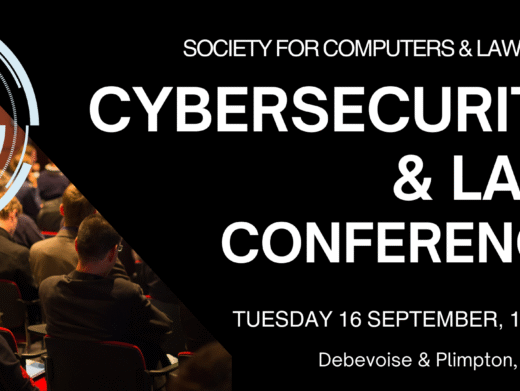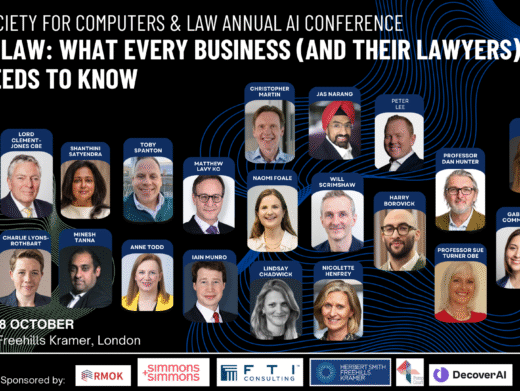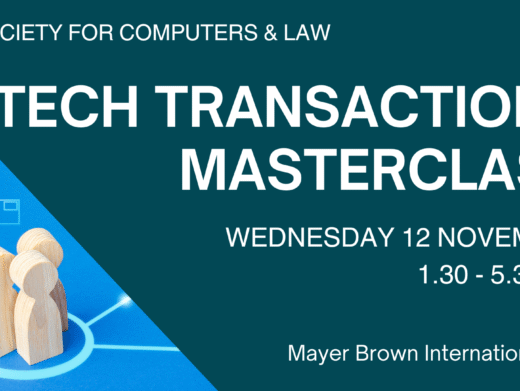The case of Satyam Computer Services Ltd v Upaid Systems Ltd [2008] EWHC 31 (Comm) is interesting because of implications it might have for companies in the booming Indian IT-outsourcing sector, specifically relating to intellectual property. This was not an outright IP dispute, eg on the patentability of a product or the ownership of a patent, but more about the contractual agreements surrounding the transfer of IP. It also provides an opportunity to consider some issues of innovation in the Indian IT sector that are often not interpreted correctly.
The Background
Indian IT companies (like Satyam, Infosys and Wipro) operate on a ‘services’ model – where products are created for and on behalf of other clients (such as Upaid). Thus, it is the client who owns the IP rights. When statistics of IP ownership in the Indian IT sector emerge and there is criticism (especially in domestic media) of the near-absence of such ownership, it is usually because of a lack of understanding of the fundamentals of the service model.
This model stays afloat because of the assurance of a continuous revenue stream, and an abundance of comparatively cheap IT skills. It is little surprise then that IT in India appears to have entrenched itself in a risk-averse ethic, creating an environment that discourages innovation.
So companies like Satyam continue to remain predominantly ‘service’ providers, with insignificant IPR of their own, even though their engineers develop most of the software. Given such a situation, at the very least, service-providers should ensure that their terms of reference are reasonably lucid and straightforward. The case at hand seems to have come about because of poor drafing of, or indeed the absence of proper agreements for, IP rights Assignment and general Service Agreements between Satyam and Upaid, its client company. The dispute might have been entirely avoided if there had been some foresight in the timing and drafting of agreements by both parties.
The Case
Upaid, a UK-based IT company, is a mobile payments specialist. In 1996, Upaid developed the idea of converting any telephone into a de facto pay-phone by using a pre-paid account and a caller personal identification number. Software development was outsourced to Satyam and, in 1997, they reached a ‘short and relatively informal memorandum of understanding’.
In 1998, when Upaid went about applying for a US patent on this product, it had to demonstrate ‘unity of ownership’ of the IP rights in its invention. Satyam normally transfers such rights in the products it creates for its customers, but there was no formal agreement to that effect in this instance. The judgment says that the Memorandum of Understanding ‘dealt only briefly with the ownership of inventions and was silent as to any intellectual property rights’. To meet the requirements of the US Patent and Trademark Office, the parties finalised an Assignment Agreement transferring Satyam’s IP to Upaid for a cash consideration. This agreement referred also to a Service Agreement, for which negotiations had begun contemporaneously but which were concluded only in 1999.
The 1999 Service Agreement, which related to a dedicated unit at Satyam working exclusively on Upaid products, retrospectively dated the commencement of activities to September 1998 (around the time the Assignment Agreement was concluded), suggesting that the two Agreements were to be read together. The Service Agreement also contained a clause that provided for the rights to revert to Satyam in the event of non-payment for services rendered.
All was well for some time. Satyam acquired a quarter of Upaid in a debt-equity exchange. But by 2002 their relationship had deteriorated: Upaid complained about Satyam’s quality of work; Satyam said it had not been paid and that the IP rights should revert to it; there were issues about Satyam’s representation on the Upaid Board; and there were allegations of IP infringement from both sides.
Wisdom having dawned, eventually, by the end of 2002, Satyam and Upaid finalised a Settlement Agreement under the exclusive jurisdiction of English courts. This was expressed to supersede all previous agreements.
But there was more trouble to come. In 2005, Upaid began patent infringement proceedings in Texas against two other parties, and sought Satyam’s assistance in its defence. There followed an interlude involving allegations of forgery by the Texan defendants and consequential allegations of forgery by Upaid. The alleged forgeries threatened the validity of the original Upaid patent that had been applied for in 1998. Eventually, Upaid claims, it had to settle the Texas case on unfavourable terms because of Satyam’s conduct.
Presumably still smarting from the result of its last lawsuit, Upaid then applied to the Texas courts inter alia for damages for Satyam’s alleged fraud, and for a consequent alleged breach of the Assignment Agreement of 1999.
In the latest round, the English case brought by Satyam, an injunction was sought by Satyam. It argued that either Upaid’s claims against it in Texas were in breach of the Settlement Agreement, which compromised all such claims or that the exclusive jurisdiction clause in the Settlement Agreement meant the claims had to be brought before English courts.
The Commercial Court for England and Wales eventually refused the injunction and held that the Settlement Agreement did not deprive Upaid of future rights to sue for breach of assignment or for alleged fraud in relation to that agreement. After a lengthy discussion on the jurisdiction issue and conflict of laws generally, the court decided that the claims for damages did not concern the validity of the patent itself and there was no clause in the agreement that required these particular claims to be necessarily litigated in England.
The Lesson
So the curtain falls in England. And Satyam has to return to Texas to tackle the old Upaid lawsuit. At least, it should have learnt from this not to enter into MoUs that are ‘short and relatively informal’, without assessing the costs and risks of future litigation.
Sumathi Chandrashekaran is completing a dual masters degree from the National University of Singapore and Sciences Po Paris in public policy/public affairs. She is a contributor to the Spicy IP blog, where an earlier version of this article first appeared: see http://spicyipindia.blogspot.com/2008/01/satyam-evam-upaid-who-paid.html
Satyam Computer Services Ltd v Upaid Systems Ltd [2008] EWHC 31 (Comm) is available at: www.bailii.org/ew/cases/EWHC/Comm/2008/31.html




